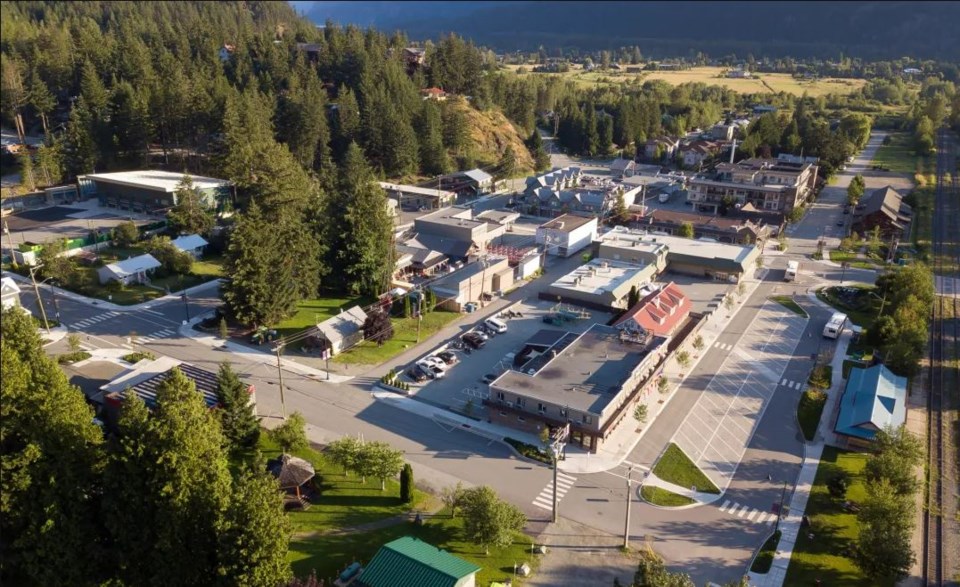The Squamish-Lillooet Regional District (SLRD) is growing fast. Census data shows that between 2016 and 2021, the region’s population grew by 18 per cent, from 42,665 to 50,496 residents. That's a rate of growth almost three times the provincial average.
Much of that population increase came from the SLRD's Area C. The area, which includes Pemberton and the Lil’wat and N’Quatqua First Nations, grew by 20 per cent between the same years.
The SLRD board heard from staff and consultants during a Dec. 11 meeting on the current housing crisis in the region, projections for housing needs over the next five and 20 years, and how the area might accommodate that growth.
The Housing Needs Report (HNR) found residents across the SLRD are experiencing high rates of core housing need—an affordability measure that refers to housing that is inadequate, unsuitable, or where costs like utilities, mortgage and rent exceed 30 per cent of the household’s gross income. According to the HNR, spending more than 50 per cent of income on housing costs qualifies as an "extreme core housing need."
The report found 16 per cent of households and 32 per cent of renters in Area C are currently experiencing core household need, while six per cent of households and two per cent of renters are experiencing extreme housing need.
Based on current figures, the HNR says Area C will need 142 new units of housing over the next five years, and 542 units over the next two decades to accommodate demand and potential growth.
To help develop those new units, staff set forth a list of planning recommendations for Area C, including:
- Supporting the development of a new mobile home park in rural residential areas;
- Encouraging the development of multi-family housing in Mount Currie;
- Encouraging the development of multi-family or housing for seniors in D’Arcy;
- Reviewing the Official Community Plan (OCP) and considering aligning with Whistler and Pemberton plans;
- Updating the Zoning Bylaw to align with respective land-use designations in the OCP.
The study uses census profiles, BC Stats, the Real Estate Board of Greater Vancouver, the Canada Mortgage and Housing Corporation, the Homelessness Services Association of BC, municipal data, and other sources.
Jessie Abraham, a planning consultant with Abraham Community Planning, noted figures on current housing needs might be an under-estimation, given the numbers were generated in 2020 when Canada Emergency Response Benefit cheques were being distributed, potentially inflating gross incomes and helping residents spend less of their gross income on housing.
Squamish Directer Jenna Stoner expressed similar concerns, asking whether the team behind the HNR had cross-referenced their findings with municipal housing reports and performed "ground truthing" tests to back up the data.
"I'm just curious if you folks have had a chance to cross reference [your results] with the data that's coming out of the municipalities with the numbers that you presented here," asked Stoner. She noted the estimates for Squamish alone exceeded the HNR's estimate.
Matt Thomson, community housing advisor with Urban Matters, responded that comparing results with municipal reports was outside of the study's mandate, but that future work could easily collaborate with municipalities.
The final version of the HNR will be published by Jan. 1, 2025, in accordance with provincial law.




